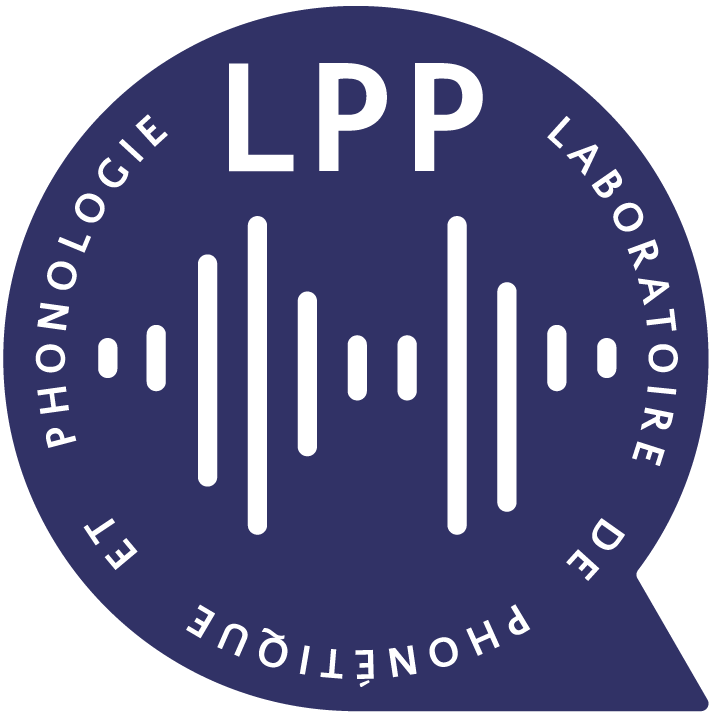Devant le jury composé de :
Rapportrice : Yiya CHEN (PR, Leiden University)
Rapporteur : James SCOBBIE (PR, Queen Margaret University Edinburgh)
Examinatrice : Ioana CHITORAN (PR, Université de Paris)
Examinateur : Pierre HALLÉ (DR émérite, CNRS – Université Sorbonne Nouvelle)
Examinateur : Rudolph SOCK (PR, Université de Strasbourg)
Directeur : Rachid RIDOUANE (DR, CNRS – Université Sorbonne Nouvelle)
Compte tenu de la situation sanitaire, le nombre de places dans la salle est limité et chaque participant devra porter un masque.
Je vous remercie de bien vouloir m’indiquer votre présence par retour de courriel (bowei.shao@sorbonne-nouvelle.fr).
Il sera également possible de suivre la soutenance à distance. Le lien vous sera communiqué ultérieurement.
Résumé :
Chinese languages have a set of segments known as ‘apical vowels’ (舌尖元音 in Chinese). Their exact nature is still the source of an ongoing debate: Are they consonants or vowels? ‘Apical vowels’ have been analysed in previous studies as genuine vowels, fricative vowels, syllabic fricatives, or syllabic approximants. This dissertation is concerned with the apical vowel attested in Jixi-Hui Chinese. I examine this segment from phonetic and phonological perspectives and show that it is best defined as a voiced fricative consonant (transcribed /z̩/). Phonologically, this segment is a distinct phoneme from /i/. It is exclusively attested in syllable nucleus position where it constitutes a tone-bearing unit. It can appear not only after coronal sibilants /s ts tsh/, but also bilabials /p ph/ and nasals /m n/. Phonetically, the acoustic and articulatory characteristics of this segment are examined. The results show that /z̩/ contains in the majority of cases frication noise in its initial phase superposed on voicing, and a clearer formant structure appears towards its end. The harmonic-to-noise ratio and zero-crossing rate analyses confirm this significant presence of noise, clearly distinguishing this segment from vowels. The smoothing-spline ANOVA analyses of ultrasound data show that /z̩/ has a near-identical tongue shape to /s/ on both mid-sagittal and coronal planes despite some speaker-specific differences. This /s/-like tongue shape is constant in bilabial and alveolar consonantal contexts. The variability in the way /z̩/ is phonetically implemented is argued to be a consequence of two interacting constraints: a structural one related to the distinctive status of /z̩/ and the role it plays within syllable structure, and a physical one related to the incompatibility of voicing and frication. The study further argues for the necessity of recognising syllabic fricatives in Jixi-Hui Chinese and probably also in other Chinese languages.


